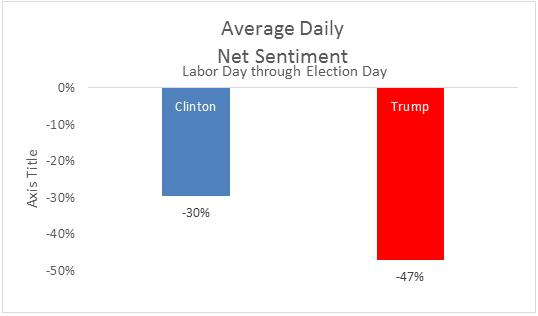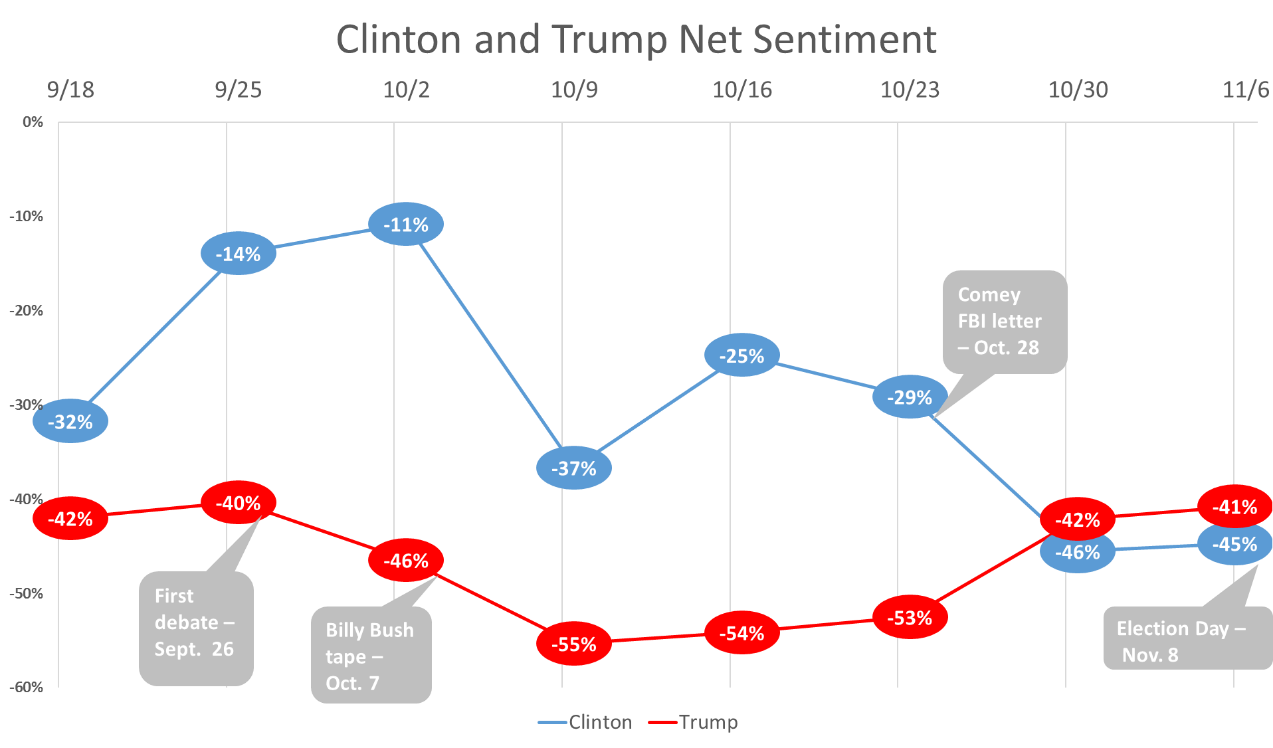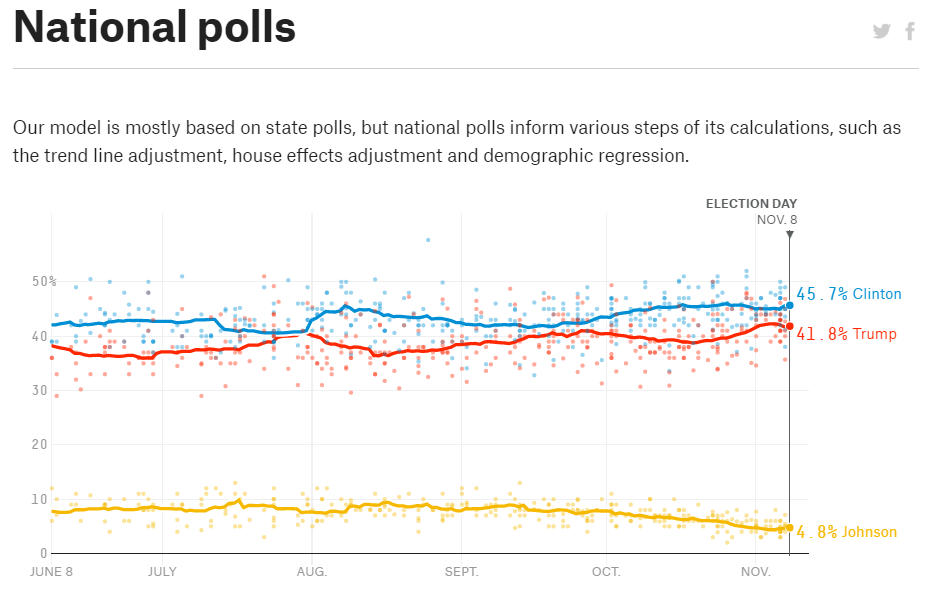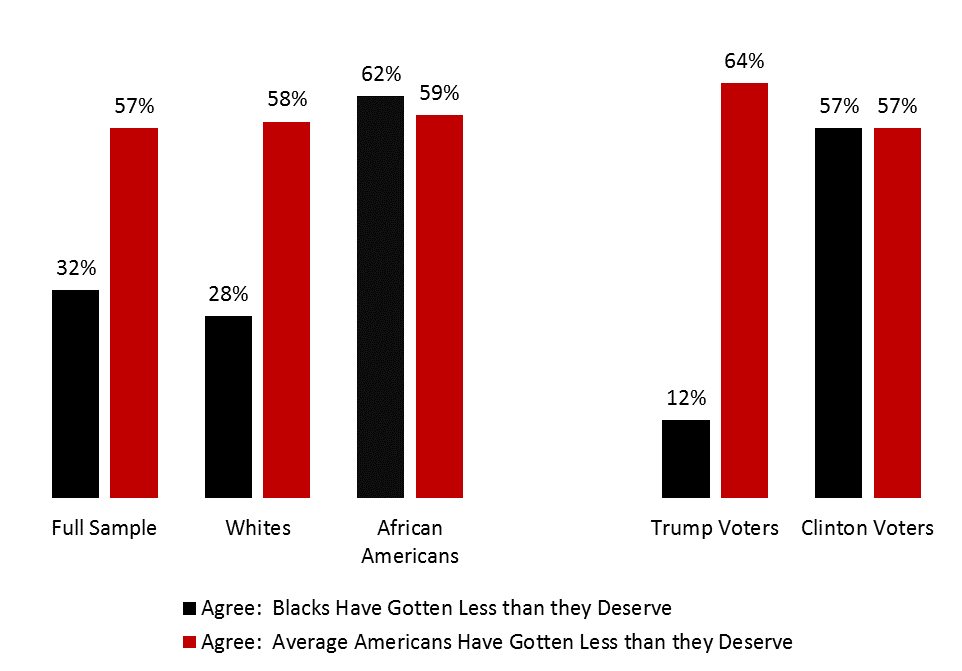Social psychologists have known for a long time that (a) politically conservative people are more responsive to fear-arousing threats, such as news about terrorism or weather emergencies, and that (b) reminding them of these threats causes people to become more conservative in their attitudes. Due to COVID-19, this is a time when we are all confronting our own mortality. (How many of you, in the last six weeks, have thought about the current status of your will?) This raises the question of what effect the coronavirus will have on the 2020 elections.
This week the Association for Psychological Science reprinted a 2016 research study by Alec Beall and colleagues entitled “Infections and Elections: Did an Ebola Outbreak Influence the 2014 U. S. Federal Elections (And If So How)?” Unfortunately, the study is gated, so only members can read it, but I wrote a blog post about it on December 31, 2016, shortly after its publication. Here is that post. After you’ve read it, I’ll return with some comments (also in italics).
Republicans did very well on Election Day 2014, gaining control of the Senate for the first time in eight years and increasing their majority in the House of Representatives. Most pundits attributed these results to low turnout by Democrats in a non-presidential election year and to President Obama’s poor approval ratings, due primarily to the disastrous rollout of the Affordable Care Act earlier that year. But a recent paper by Alec Beall and two other psychologists at the University of British Columbia suggests that breaking news about the Ebola epidemic also played a significant role in the election outcome.
Their paper contains two studies, both of which are interrupted time series designs. In this design, data that are routinely collected are examined to see if they change after a specific event. In the first study, they analyzed the aggregate results of all polls conducted between September 1 and November 1, 2014 that asked respondents whether they intended to vote for a Democrat or a Republican in their upcoming House election. The “interruption” occurred when Center for Disease Control announced the first Ebola case in the U. S. on September 30. The research question was whether the poll results changed from before to after that date.

The above results show support for the Republican candidate minus support for the Democratic candidate in the month (a) and the week (b) before and after the Ebola story broke. In both cases, the temporal trends were significantly different from before to after September 30. The before and after lines had different slopes, and the shift was in favor of the Republican candidates. The authors also collected data from Google on the daily search volume for the term “Ebola,” and found that it too was positively related to Republican voting intentions.
Beall and his colleagues examined two possible alternative explanations—concern about terrorism and the economy. They measured daily search volume for the term “ISIS,” and checked the Dow-Jones Industrial Average, which was dropping at the time. Interest in ISIS was (surprisingly) negatively related to Republican voting intentions and the stock market had no significant effect.
In their second study, the authors looked at the 34 Senate races. They computed 34 state-specific polling averages by subtracting Democratic voting intentions from Republican intentions. Then they subtracted the September results from the October results. Thus, a higher number would indicate a shift toward the Republican candidate. The aggregate results showed a significant increase in Republican voting intentions after September 30.
However, not all states shifted in the same direction. Using Cook’s Partisan Voter Index, they determined whether each state had voted more for Republicans or Democrats in recent years. Then they analyzed the data separately for “red” and “blue” states. The results are shown below.

The changes were in the direction of the state’s dominant political party. In the red states, the Republican candidate did better after September 30. In the blue states, the Ebola scare seemed to help the Democrat, although the effect was smaller. This could also be interpreted as a shift toward the favorite, since candidates who were leading before September 30 tended to do even better after that date.
This study is part of a small but increasing body of research which shows that external threats that cause fear in the population seem to work to the advantage of conservative political candidates. In a previous post, I reported on a British study which indicated that the 2005 London bombings increased prejudice toward Muslims. More to the point is a 2004 study in which reminding participants of the 9/11 terrorist attack on the World Trade Center increased support for President George W. Bush in his campaign against John Kerry. These studies are consistent with older research suggesting that social threats are associated with an increase in authoritarianism in the U. S. population. Authoritarian attitudes are characterized by obedience to authority, hostility toward minority groups and a high degree of conformity to social norms.
Surprisingly, Beall and his colleagues did not mention terror management theory as a way of understanding their results. According to this theory, human awareness of the inevitability of death—called mortality salience—creates existential terror and the need to manage this terror. One way people manage terror is through defensive efforts to validate their own cultural world views—those attitudes that give their lives meaning and purpose. Previous research suggests that mortality salience results primarily in conservative shifts in attitudes, including support for harsher punishment for moral transgressors, increased attachment to charismatic leaders, and increases in religiosity and patriotism. (A charismatic leader is one whose influence depends on citizen identification with the leader or the nation-state, as in “Make America great again.”) The Bush v. Kerry study mentioned in the preceding paragraph was intended to be a test of terror management theory.
One of the effects of saturation coverage of the Ebola epidemic was to remind people of the possibility of their own death and that of loved ones. The results of the 2014 House elections are consistent with a terror management interpretation. The Senate results do not contradict the theory, since there was an overall shift in favor of Republican candidates, but they add an additional detail. In states that usually voted Democratic, the Ebola scare increased support for Democrats. If mortality salience causes people to reaffirm their cultural world views, this could have produced a shift toward liberalism in states in which the majority of citizens held progressive attitudes.
Research findings such as these suggest the possibility that political parties and the corporate media might strategically exaggerate threats in order to influence the outcomes of elections. Willer found that government-issued terror alerts between 2001 and 2004 were associated with stronger approval ratings of President Bush. Tom Ridge, Director of Homeland Security at the time, later admitted that he was pressured by the White House to increase the threat level before the 2004 election. Since that time, it has become routine for Republicans to emphasize threats to the public’s well-being more than Democrats, and evidence from the 2016 presidential debates suggests that the media gave greater attention to Republican issues.
Republicans made Ebola an issue in the 2014 election, claiming that President Obama was failing to adequately protect public health and arguing that he should close the borders and not allow Americans suffering from the virus back into the country for treatment. In retrospect, news coverage of the threat of Ebola appears to have created unnecessary panic. Analysis of the motives of the media decision makers is complicated by the knowledge that they also exaggerate threats because they believe that increasing public fear leads to higher ratings. Media Matters for America presented data showing that coverage of Ebola plummeted immediately after the 2014 election was over (see below). However, I know of no “smoking gun” showing that the corporate media deliberately created panic in order to help Republican candidates.

Addendum
It’s interesting to speculate about how the coronavirus affected the 2020 Democratic primary contest. The first known American death due to COVID-19 occurred near Seattle on February 28. The sudden reversal of fortune in which the most conservative candidate Joe Biden burst into the delegate lead at the expense of the most liberal candidate Bernie Sanders began with the South Carolina primary on Saturday, February 29, and continued with the Super Tuesday contests on March 3. Over that weekend, one of the top news stories was the dramatic spike in the number of infections in Europe. President Trump finally declared a national emergency on March 13, by which time the Democratic contest was essentially over. It seems plausible that the coronavirus was a background factor that helped convince Democrats not to risk going into the 2020 election with a candidate that Trump might brand a socialist, and to choose a more familiar candidate.
I’m not suggesting that the coronavirus will guarantee the reelection of President Trump or the election of any other Republican candidate. I’m sure you’ve noticed that the data in Beall’s study were collected within just a few days of the peak of publicity surrounding the Ebola virus. A lot can happen between now and November. In the unlikely event that the coronavirus is no longer a problem, its effect on the elections may be minimal. In the case of the president, the success with which he is perceived to have responded the emergency should logically be more important than the existence of the emergency itself. But the polling done thus far suggests that there is very little agreement among partisans on how effectively Trump has dealt with the crisis. And the Ebola study suggests that the pandemic could even influence the outcomes of down-ballot races for political offices have no direct effect on the epidemic or our recovery from it.
If nothing else, Beall’s research should alert us to the importance social context during an election, including external threats that are sometimes overlooked because they are not explicitly political. It should also make us mindful of politicians and media sources that attempt to either exaggerate or downplay these events.

























You must be logged in to post a comment.